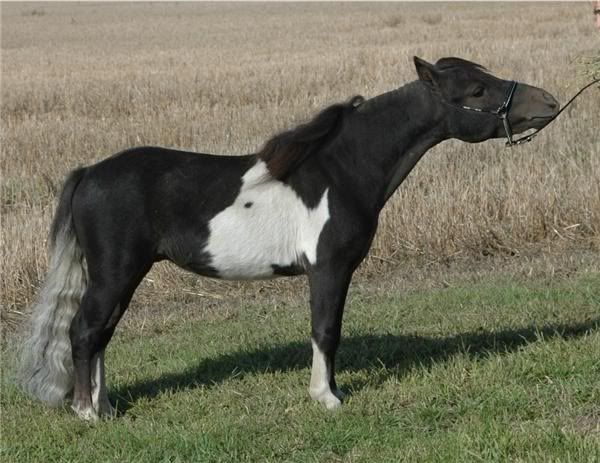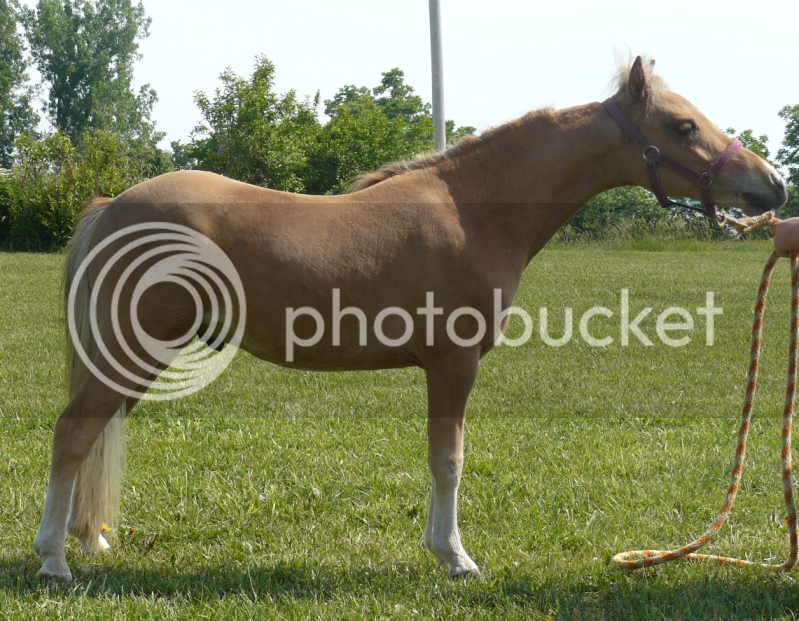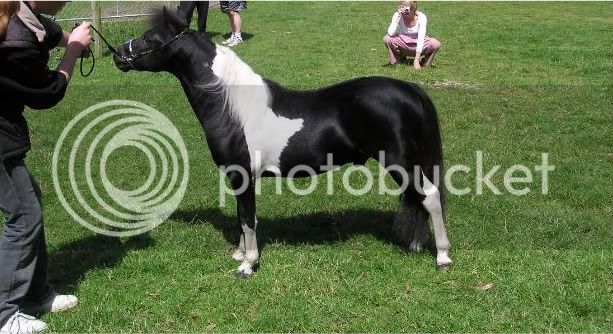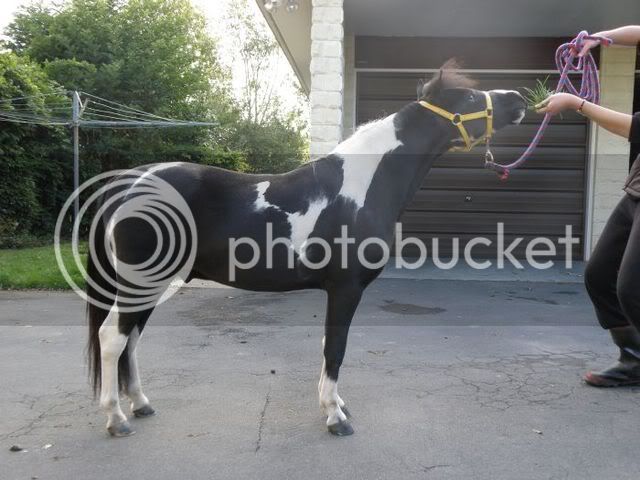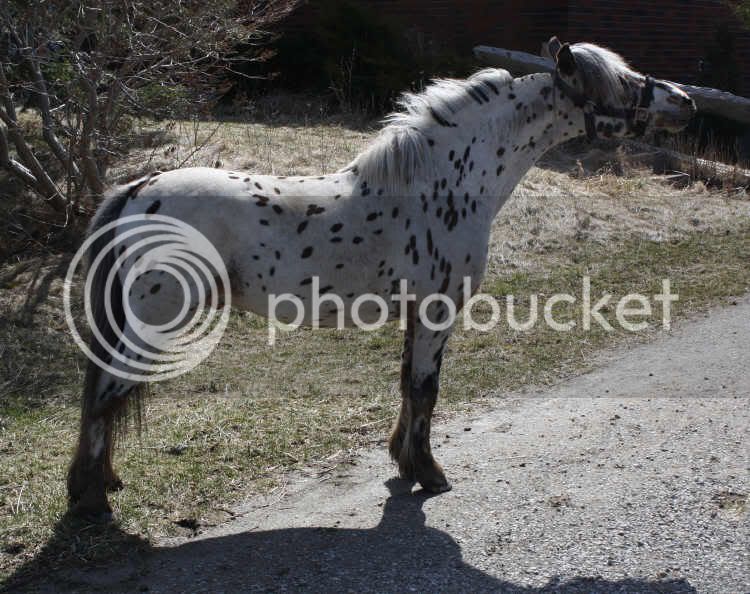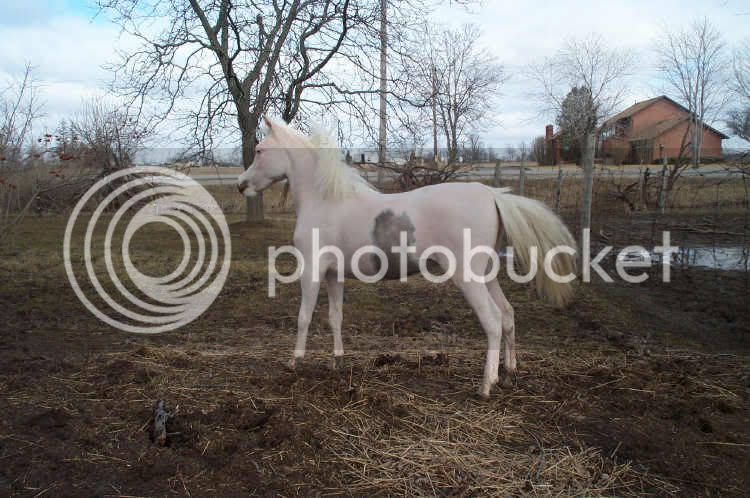Riverdance said:
As for warmbloods, I have not seen a warmblood driven either.
Just FYI, Warmbloods are very popular in the upper level combined driving events back East.
They're amazing!
Fanch said:
I hope the origional poster doesn't feel like Im jacking the thread, but I thought I would add to it and ask a question.
My halter gelding has a bad hip. I've had some people say it, and I don't think its anything pretty. With more weight and with him soon to be driving, I think it may improve a bit, but anyways....why is his hip bad??? I know it doesn't look good, but the reason is unknown to me.
http://s218.photobucket.com/albums/cc111/S...006_0711006.jpg
And one were hes not too bad looking
http://s218.photobucket.com/albums/cc111/S...June2009121.jpg
I don't think your horse has a particularly bad hip, although he is long in the back and has a weak loin. I'd like to see more depth in the stifle (the stifle joint should sit lower beneath the point of the hip) and a stronger connection to the back but I do like the muscling he has in the middle of his lower hip, as evident in the second photo.
One thing that bugs me is the separation of halter horses and performance horses. Halter was originally a conformation class, judging the horse's suitability for the tasks it was going to be asked to perform under saddle. FORM follows FUNCTION! Tabletop croups and the like are issues of type, not conformation. One reason Arabs are shown stretched is to flatten that topline- it isn't supposed to be completely flat when the horse is standing square and relaxed, not even in that breed. When it is, the horse most often can't move because its pelvis is tipped up and the angles are wrong. It is possible to have a high tail set and attractively flat topline with correct pelvis angles, but it takes a knowledgeable eye to tell the difference. I too prefer the warmblood look, but even then I'm fairly particular. I wasn't overly impressed with the horse in the first video Amy posted because he never really coiled his hindquarters at a trot and was completely unengaged at a walk. Riverman was better, much more supple in his movement, but even he had a very inexpressive piaffe. Guess I'm really an Iberian girl!

I want a classically trained horse who moves correctly from the rear with a very light touch on his face.
Anyway, here are the best conformation books I've found to date. Try:
Dr. Deb Bennett,
Principles of Conformation Analysis
Nancy S. Loving, DVM,
Conformation and Performance: A Guide to the Performance Consequences of Common Conformation Points
Heather Smith Thomas,
The Horse Conformation Handbook
All three of these are easy to understand with good, accurate information. Deb Bennett's books are slim volumes that discuss horse conformation from the perspective of why a horse is built the way he is and how each aspect of his conformation dictates what he's suited for and are the best thing I think you can ever read. The Horse Conformation Handbook is intimidatingly big but is easy to read and breaks up the body into sections, with really good diagrams that are easy to understand. The "Conformation and Performance" book is short and to the point, with each page dedicated to a particular fault or type of conformation (i.e. "Short back" or "deep hip") and a discussion of what that fault will mean relative to your horse's performance. Mostly real photos, no diagrams, but very useful. Between the three of these you'll get a very thorough education!
Leia

